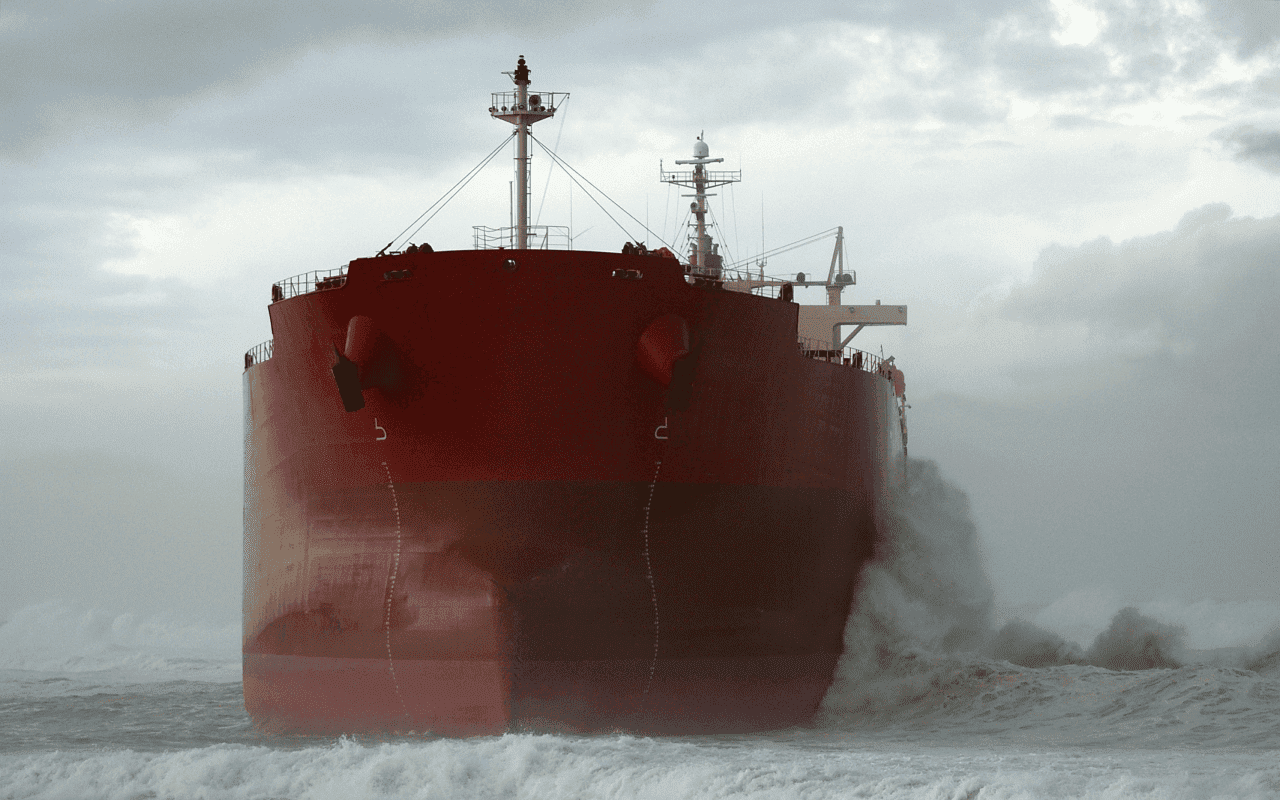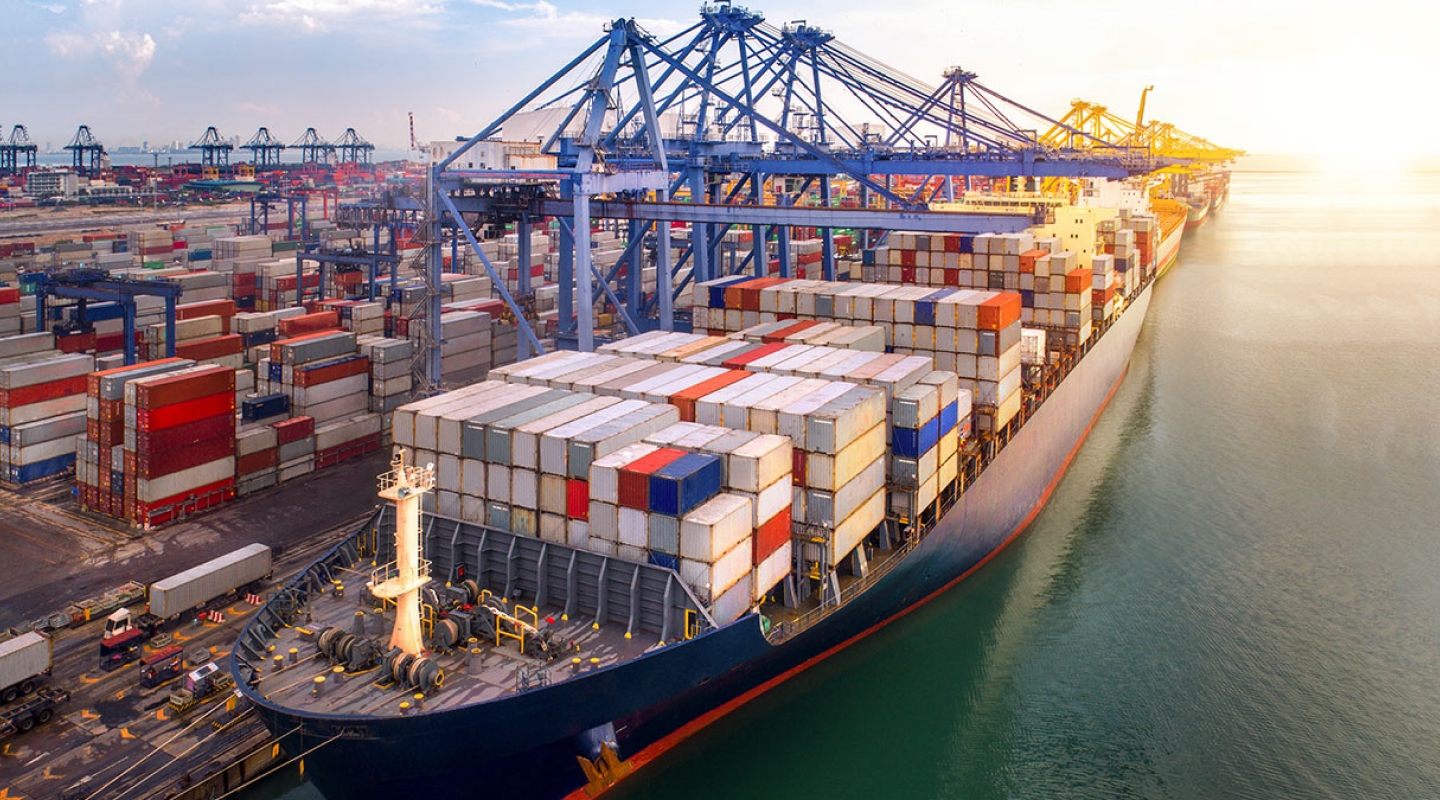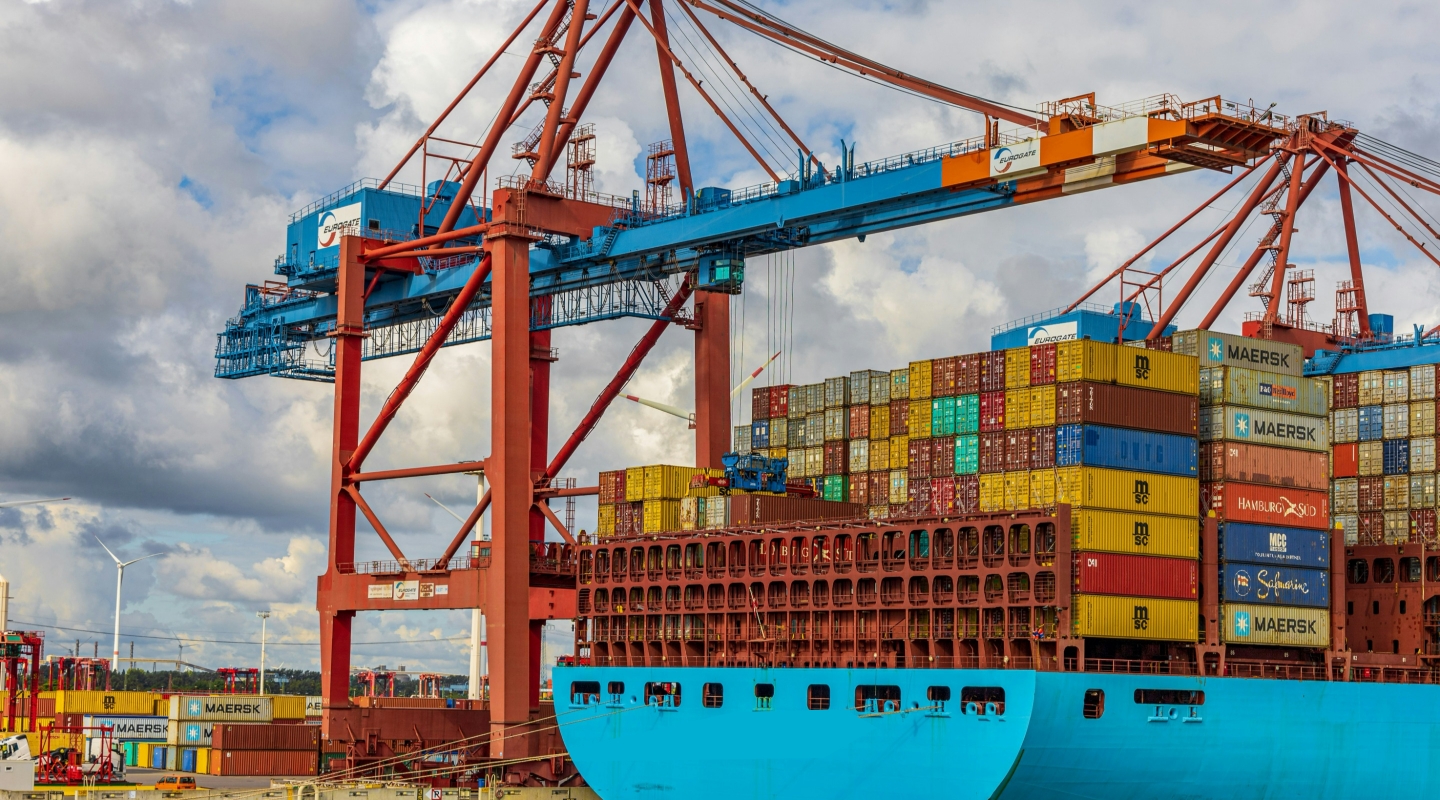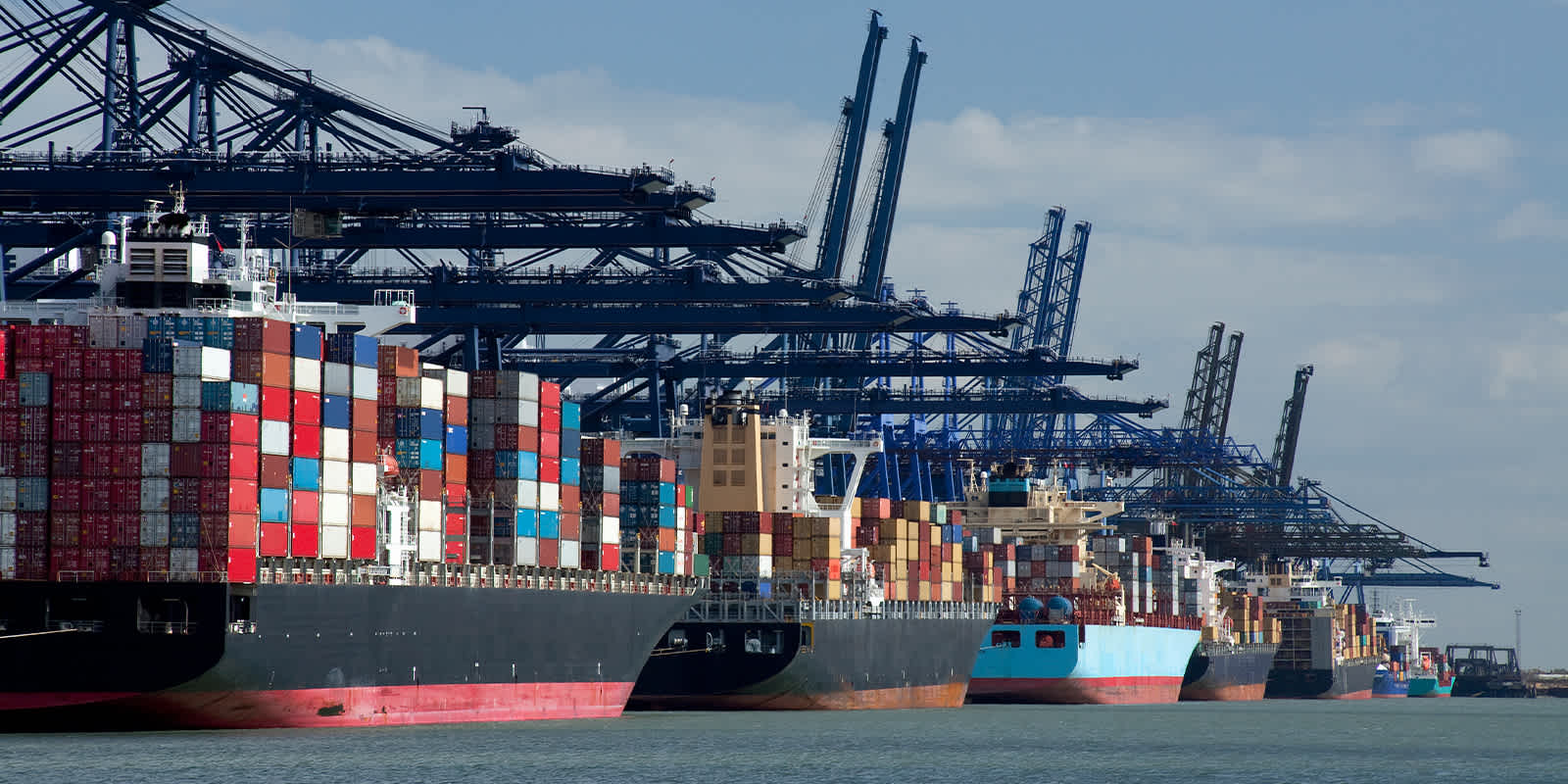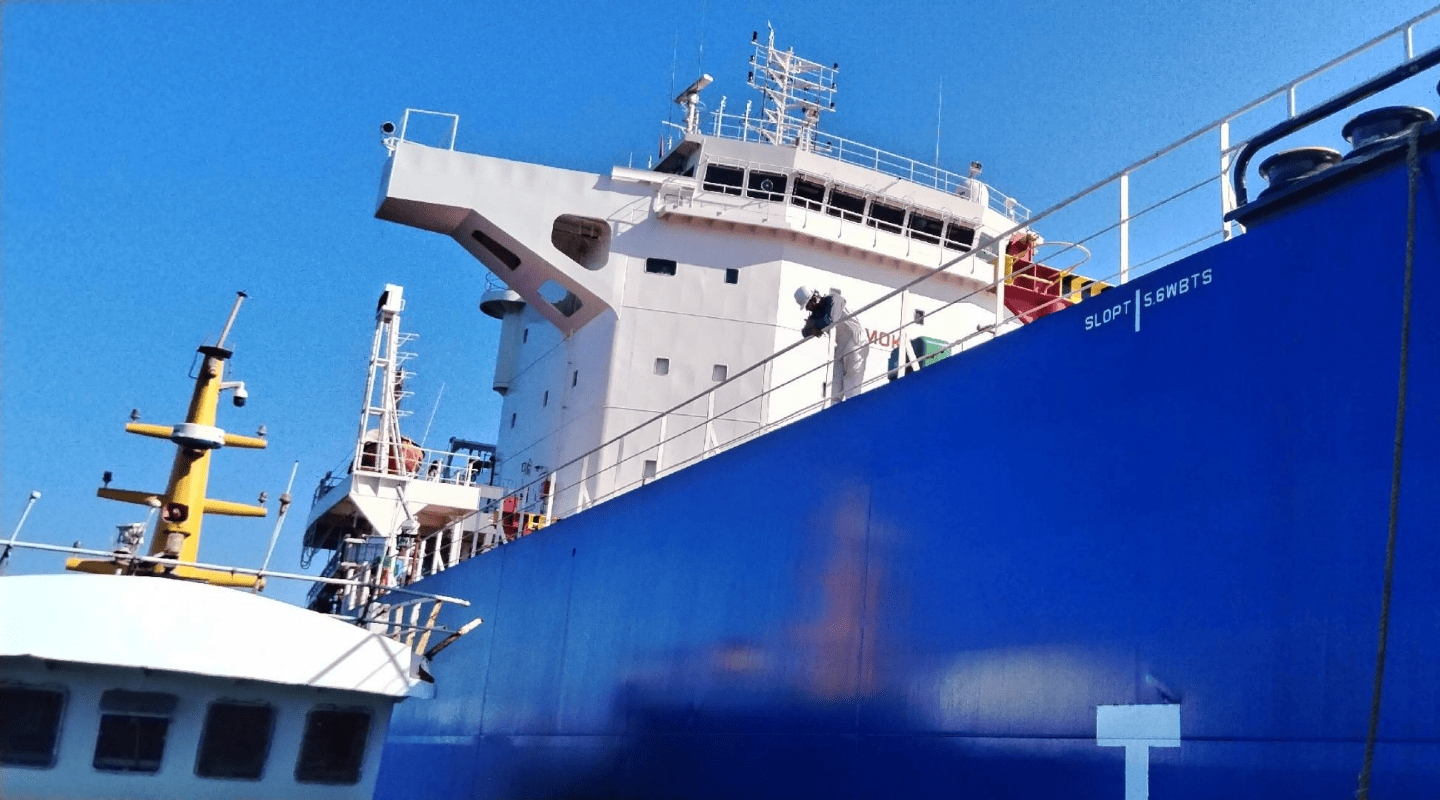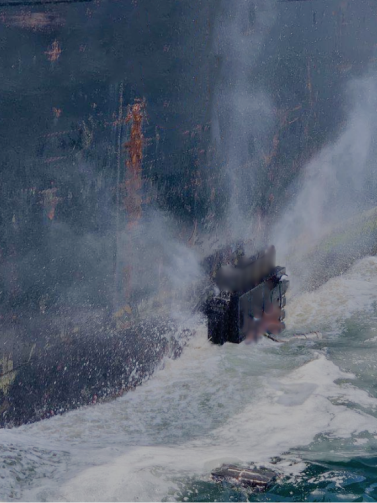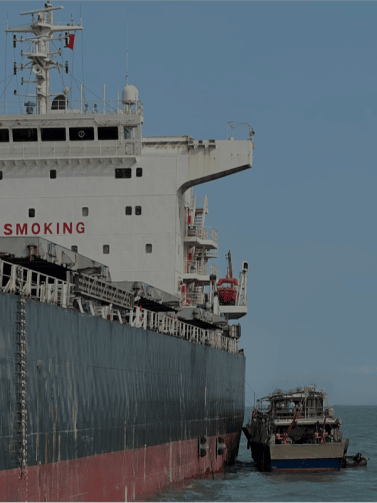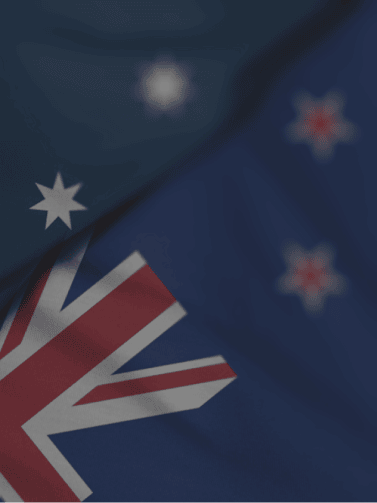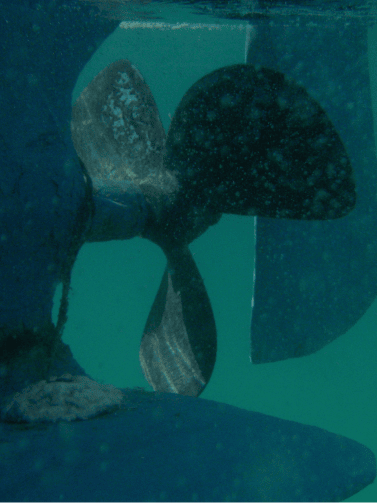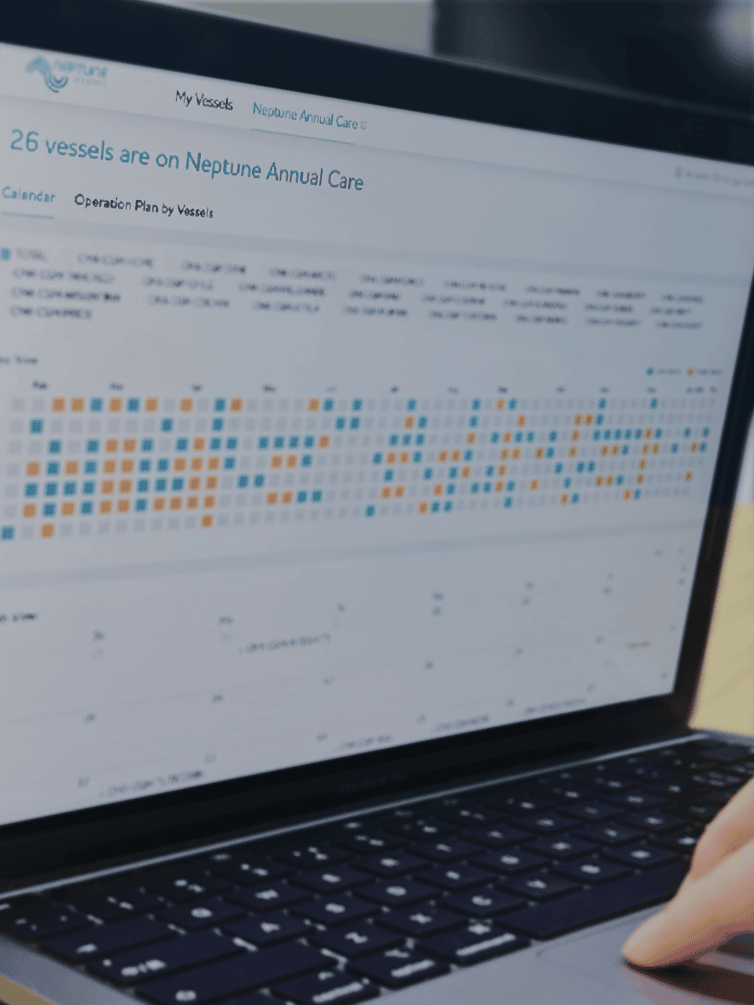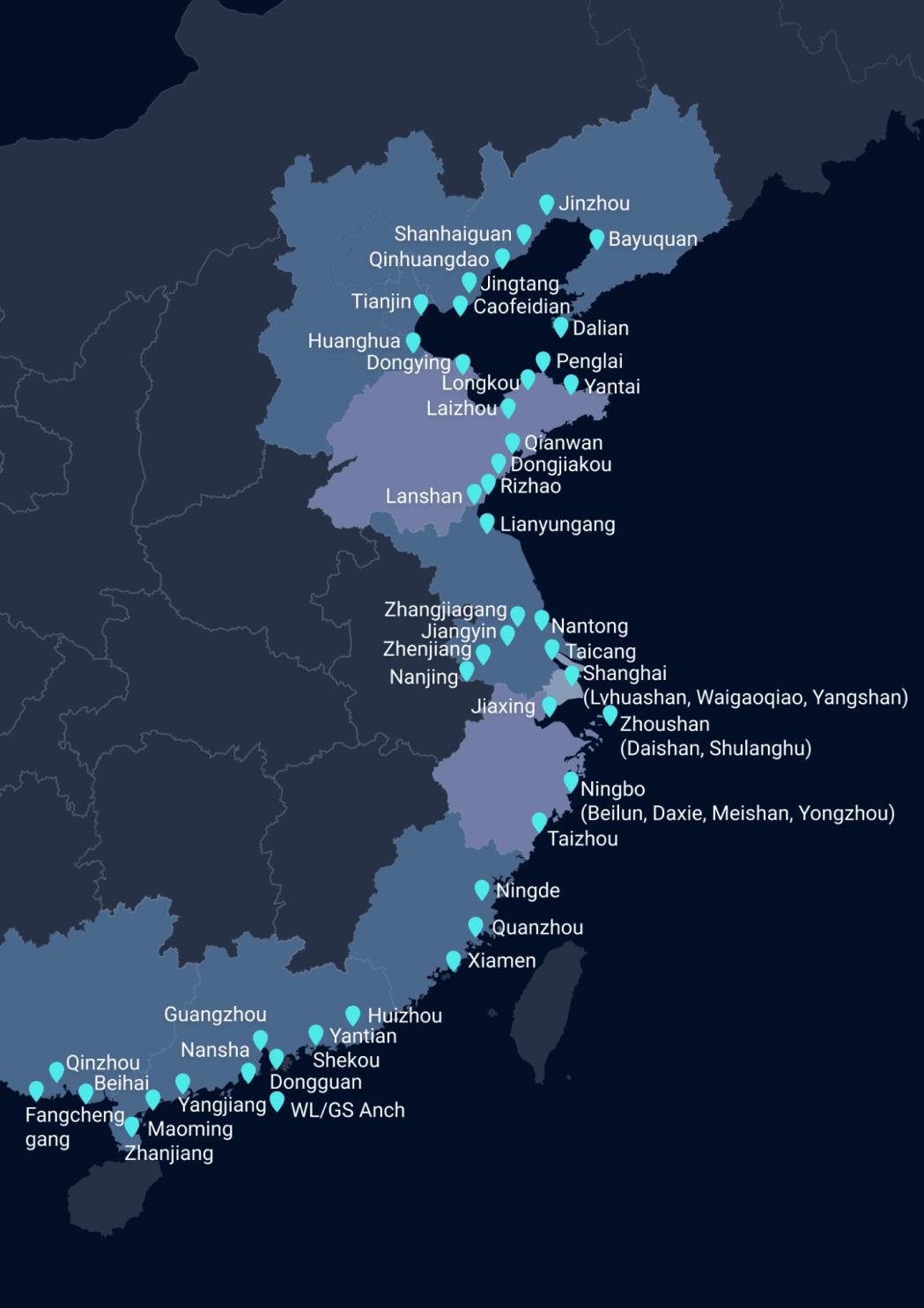If your stay exceeds 24 hours, washing your ship before departure is the most effective way to reduce the formation of biofilm on the hull, thereby reducing marine organism attachment, decreasing fuel consumption, and minimizing ship resistance, thus improving ship speed!
01-The Deadly 24 Hours!
In 2021, container ships had an average waiting time at anchorages of 1.5-3 days, while bulk carriers started at 2 days, and waiting for 1-2 weeks was normal.
What can you do during these 2-3 days? Relax? Enjoy the sun? Wait for the marine organism hatching from the hull plate.
But don’t be complacent. While you’re resting and enjoying your leisure time, the ocean’s number one evil force, marine biofouling, never rests. It continues to grow, reproduce, and develop abnormally. This directly leads to increased ship resistance, reduced ship speed, and increased fuel consumption.
In the current environment where international crude oil prices have surpassed $1,000 per ton, transportation fuel costs have doubled in a matter of months. However, in most cases, this cost can only be beared by shipowners and lessees. Additionally, the rapid growth of marine organism attachment on ship hulls further exacerbates the already high fuel costs. International oil prices are beyond control, but the attachment of marine organisms to your own ship must be controlled to effectively reduce fuel consumption.
Don’t underestimate them. Ever since humans engaged in maritime activities, they have been battling tenaciously against marine organism attachment. Records from 2,400 years ago show that barnacle attachment led to ship deceleration.
Three days might seem short, but for a clean hull, it’s enough time for marine organisms to develop into a rambunctious community: a micro-organism community composed of microorganisms, algal spores, and barnacle larvae. Ships that anchored in the Los Angeles container terminal for 17 days last year had evolved directly into a stage of significant biofouling.
Marine Organism Attachment Process
1 Hour: Adsorption of organic molecules such as proteins from seawater, forming a conditioning film.
24 Hours: Bacteria, single-celled algae, and others further attach, forming a microbial film.
7 Days: Bacteria inside the microbial film reproduce rapidly and simultaneously attract microorganisms, algal spores, and even barnacle larvae to attach. They develop and reproduce aggressively, forming a microfouling community.
2-4 Weeks: Large organism larvae (such as barnacles/mussels) start attaching, undergo metamorphosis, and form primarily hard-shelled large organism fouling (macrofouling).
02-East China Sea + Anchorage = Deadly Combo!
In simple terms, the slower the water flow rate, the higher the water temperature, and the more nutrient-rich the waters, the faster marine organisms grow on the ship’s hull.
— Liu Guangli, China Ocean Shipping
Marine organism attachment is a complex natural phenomenon influenced by various factors such as water flow, water temperature, and nutrients.
So, why is marine organism attachment more severe in the anchorages and ports in the East China Sea region? It’s because these anchorages and ports are like breeding grounds for marine organisms, especially when ships are anchored! In a static state, marine organism growth on the ship’s surface is more rapid! Not to mention that ports in the East China Sea generally have higher water temperatures and abundant nutrients.
When ships are underway, the fast water flow prevents the attachment of marine organism larvae. However, during anchorage, marine organism larvae can attach. Once attached, they can’t be easily shaken off. After attachment, marine organism larvae can continue to adhere even in conditions of higher water flow rates and further develop into hard-shelled forms that are difficult to dislodge.
Moreover, the waters of the Ningbo and Shanghai regions are nutrient-rich, making them exceptionally suitable for marine organism reproduction. In the Ningbo sea area, the Yangtze River, Qiantang River, and numerous other rivers and streams bring in large amounts of silt and nutrients, providing rich nourishment for the growth and reproduction of nearshore organisms and plankton. The abundance of nearby fishing grounds can also be attributed to this.
Furthermore, the entire East China Sea region is located in the subtropics, with an annual average water temperature of 20°C – 24°C and an annual temperature difference of 7°C – 9°C. The all-day average water temperature in summer was 27.5°C, and in autumn, it was 25.8°C. Higher water temperatures favor rapid marine organism growth.
As an example (barnacles are one of the main marine organisms causing attachment to ship hulls), in tropical and subtropical waters with seawater temperatures above 25°C, barnacles attached to anchored ship hulls can grow to 10mm in height in 14-20 days.
— Liu Guangli, China Ocean Shipping
03-Save Fuel with Neptune’s Hull Cleaning – We’re Waiting for You in Ningbo-Zhoushan and More!
The Yangtze River Delta belongs to the turbid water area and is an extremely harsh working environment. Visibility is almost “zero visibility,” and traditional hull cleaning methods are not suitable for such conditions, making it impossible to find regular organizations to provide hull cleaning services in these waters.
To address the unique conditions of the Yangtze River Delta, Neptune formed a dedicated task force. Through the introduction of innovative visualization technology and more than a hundred on-site sea surveys, we continuously iterated and optimized our robots, ultimately achieving clear imaging in zero visibility waters.
Before this, we had already cleaned hundreds of ships in Shenzhen and Guangzhou.
Neptune is a leading global industrial-grade robot technology company in the shipping industry and the first robot company in China to obtain safe operation qualifications in both clear and turbid waters. We have received praise from shipowners for our standardized, high-quality cleaning services.
Currently, Neptune has launched robot ship inspection and cleaning services in major ports and anchorages in South China and East China, such as Shenzhen, Ningbo, Zhoushan, and more. We deeply understand the needs of shipowners and have accumulated a wealth of experience in cleaning services.
Next, Neptune will gradually expand its services to major ports across China.
We look forward to servicing your fleet.
